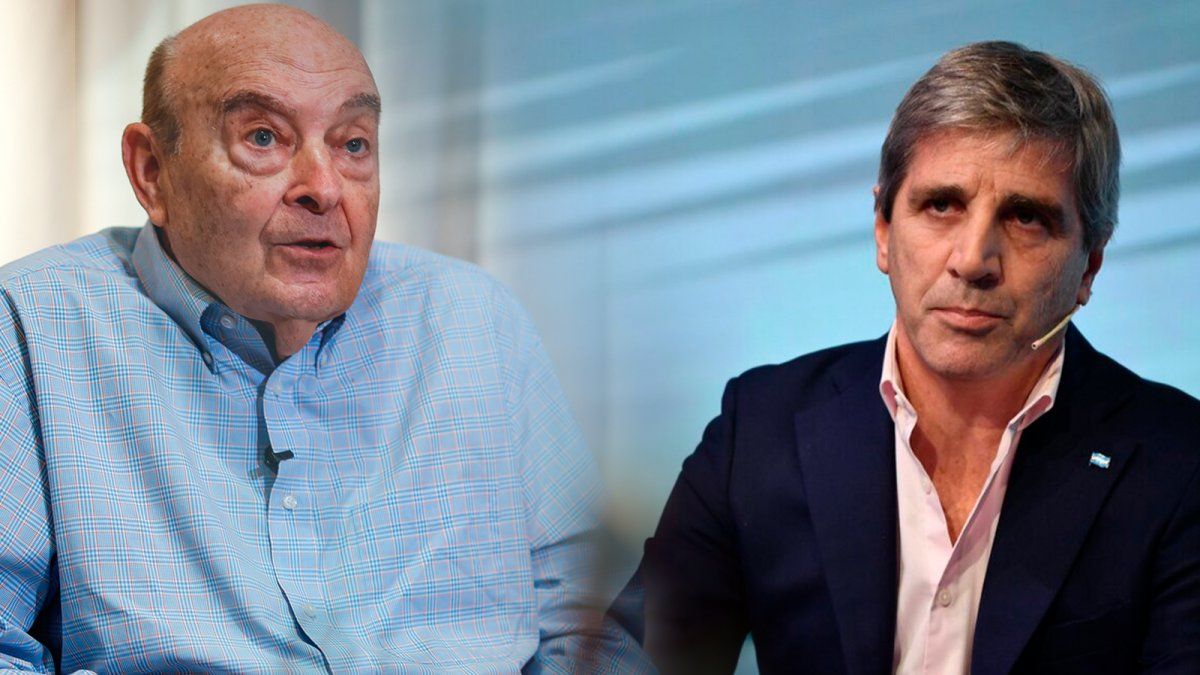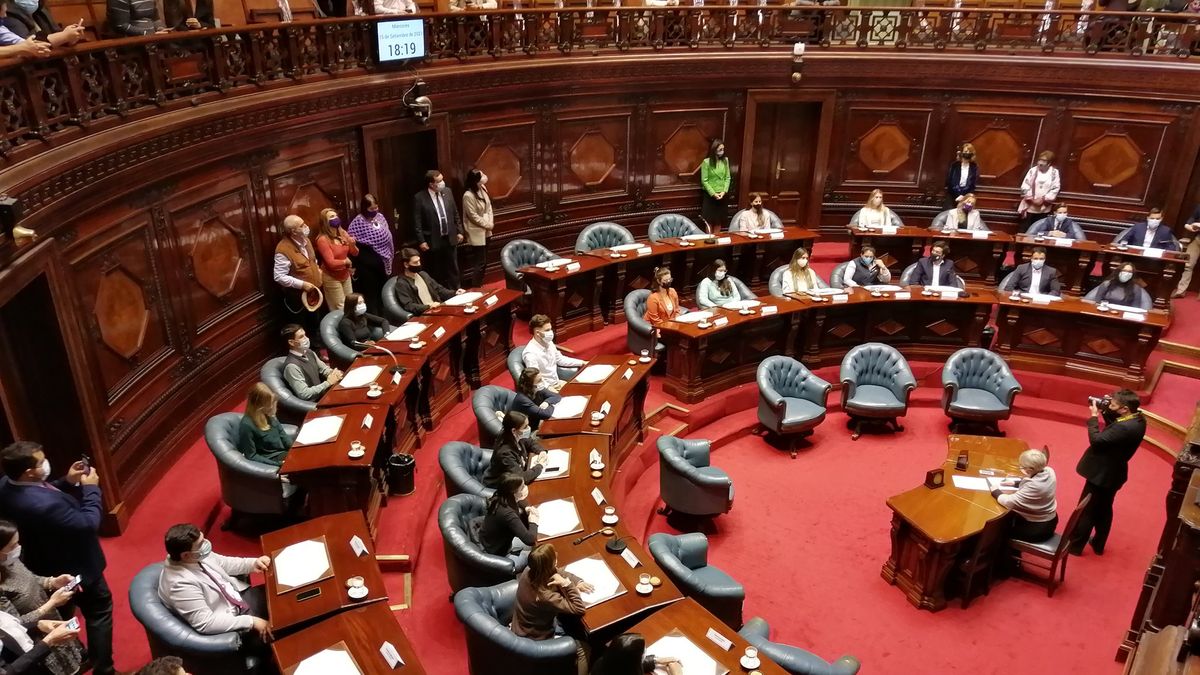First the IMF, then Sunday Cavallo. Then, again, the IMF, and later, Cavallo, again. Everything is possible in the ecosystem of devaluation and the dollar. And so on. The machinery of crossing the official propagator of the “economic plan” is in good health.
Returning to Cavallo, he drew almost freehand, in a sort of step-by-step manner, the most important thing is that he told the Milei-Caputo tandem how they should proceed from now on if they do not want to quickly come face to face with that arid surface that is the restriction of dollars and its consequent tensions.
In just over one page, Cavallo wrote that the official exchange rate must quickly seek the $1,000 zone, eliminate the dollar blend, abort the 2% crawling and withdraw the PAIS tax.That is, devaluation followed by a kind of liberation of the financial dollar.
Kristalina, you have a message from Domingo
The fact is that Cavallo sends “messages” to people at the IMF. In recent days, the government has repeatedly raised its recommendation to “pay attention to the suggestion implicit in the latest IMF staff report.” It believes that the 10 percentage point reduction in the PAIS tax should be able to limit the effect of the rise in the price of the dollar on the cost of imports. To this it adds the rate effect, that is, the rise in rates to positive levels in real terms.
All this, says the economist, added up the replacement of the CCL dollar market with a total liberalization of the restrictions in that marketwill help reduce the gap, largely because this would generate incentives for the entry of foreign currency from money laundering, tourism and the services that Argentines currently provide abroad.
“It is possible that, with these measures, the expectation of a strong devaluation could be transformed into that of a limited increase in the crawl rate, which is not in any way dangerous if a complete unification of the exchange market can be achieved in a few months without a devaluation jump,” he said.
All aboard the ship SSSalto Cambiorio
A short trip to Cavallo’s ideas shows that, for the economist, if everything remains as it is, reserves will fall and the gap will tend to widen. He estimates this as The dollar blend would take away the BCRA’s power to accumulate and because, starting in July, the monetary authority will no longer be able to continue postponing import payments as it did in the first half of the year. In addition, it believes that Very high debt payments are coming in the coming months and that, in addition to this, the restriction prevents a positive balance in the capital account of the balance of payments.
As already mentioned, the Government remains focused on trying to impose its vision of the macroeconomic and financial future. It looks the other way and ignores those sectors that raise their doubts, which seem to multiply as the hours pass.
The lack of conditions to lift the exchange rate restriction, and the virtual delay of the official exchange rate -the widening of the gap with the CCL dollar and the MEP- forces us to think that the characteristics of the program implemented have not yet borne fruit, are not convincing, and do not generate the support that this scheme requires. For the Government, the cycle of exiting the exchange rate restriction will supposedly begin at the end of the third quarter.
Fewer reserves and the IMF’s role
The fact is that Bausili revealed last Friday that June ended with a negative balance in reserves and, attention, that It is “likely” that the third quarter will end with a negative of about US$3.000 million“It is normal in winters in Argentina,” said the head of the BCRA.
In other news, the possibility of “new money” from the IMF for Argentina is being considered at this time. All eyes are on that. Strictly speaking, it is an inversely proportional equation: The more weak the government becomes in financial matters, the more attention the only supplier of dollars that appears on the horizon begins to deserve.This is what the IMF is asking for versus what the Casa Rosada is willing to give, a tug-of-war that, in the best of cases, reflects that negotiations are already underway.
The question that must be asked is whether, in order to sign off on a new phase of the program and, in addition, to obtain those additional US$ 10,000 million, the Government will not have to give some sign of acceptance. Devaluation and subsequent exchange rate unification? That is exactly what Cavallo recommends, although with a stop in the middle: the release of the financial dollar.
Source: Ambito




